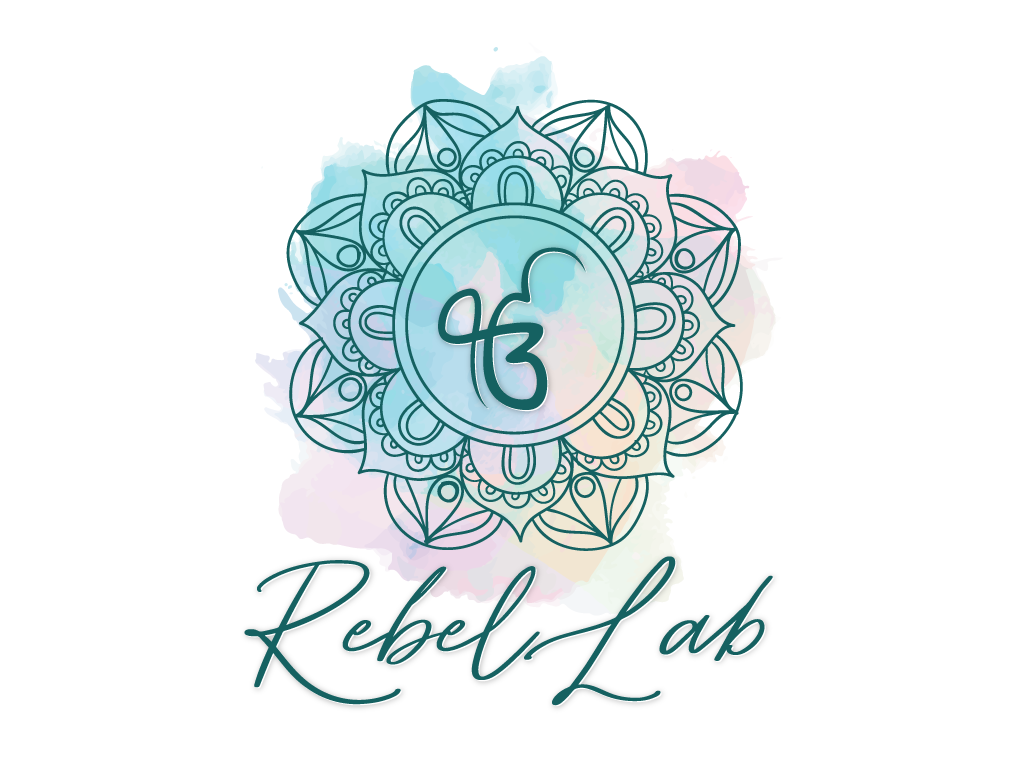The Art of Active Listening: Transforming Relationships Through Purposeful Presence
Active listening is not just hearing words; it’s about being fully present, embracing silence, and showing others that their voice matters.
I z I
I used to think I was listening, really listening. I’d ask questions, nod along, and do my best to stay engaged. But if I’m honest, I was often just waiting for my turn to speak or formulating my next response in my mind. My attention was divided, and my focus was on how I could contribute or add value, without realizing that real value in a conversation often comes from simply being present for the other person.
It took me a while to understand what active listening really means and how it feels. It’s not about jumping in with advice or steering the conversation—it’s about fully showing up, without distraction or judgment, and setting aside any urge to bring the conversation back to myself. When I started to listen this way, I gained something powerful: a deeper connection with others, and a better understanding of what people were actually saying, beyond the words they chose.
My realization of the importance of active listening actually came from a moment when I was on the receiving end of the opposite. I remember sharing something that mattered deeply to me—a story that had impacted me in a big way. But as I spoke, I could tell the person across from me wasn’t fully there. Their gaze drifted, they shifted in their seat, and when they did respond, it felt disconnected from what I had just shared. That moment stung; I felt undervalued and dismissed, as though my experience didn’t matter. It made me realize how impactful true listening could be, and how much it meant to be genuinely heard.
p r p
With this insight, I began to practice active listening with a new understanding of its power. Here’s what I learned and how it changed my relationships:
1. Create Space for Them
Active listening begins with creating space for the other person to share freely. Rather than focusing on what I wanted to say next, I trained myself to focus solely on what they were saying and how they were saying it. I set aside my own agenda and gave them the time and space they needed to express themselves fully. This simple shift immediately made people feel more comfortable and open, knowing they wouldn’t be interrupted or redirected. It taught me to value their thoughts and feelings without the need to chime in constantly.
2. Pay Attention to Non-Verbal Cues
It turns out that what people don’t say can be just as important as what they do. Body language, facial expressions, and tone of voice carry subtle messages, and by tuning into these, I could better understand the emotions behind the words. I started noticing when someone was holding back or when their body language didn’t match their words. In those moments, rather than jumping to conclusions, I’d ask open-ended questions or simply acknowledge what I was observing, creating a safe space for them to share at a deeper level.
3. Practice Empathy, Not Just Agreement
Listening deeply meant empathizing with their experience, even when I didn’t necessarily agree. Rather than looking for points to relate to or share my own experiences, I practiced acknowledging and validating their perspective without comparison. I stopped searching for ways to connect through my own story and focused on connecting by understanding theirs. This shift made people feel heard in a way that was about them, not about me.
4. Ask Genuine, Open-Ended Questions
I learned that questions are powerful when they come from a place of genuine curiosity. Instead of steering the conversation toward things I could weigh in on, I began asking questions that helped the other person explore their own thoughts. Simple questions like, “How did that make you feel?” or “What happened next?” encouraged them to open up further. This approach made our conversations richer and more insightful, as they shared layers of themselves they may not have explored otherwise.
5. Let Go of the Need to Fix
This was perhaps one of the hardest shifts to make. I realized that often, I’d listen with the intent of offering a solution, feeling that this was how I could be most helpful. But sometimes, people aren’t looking for answers; they just want someone to be there with them in their experience. Letting go of the urge to fix made me a better listener and allowed others to feel comfortable simply being themselves, without pressure or judgment.
What I Gained Through True Listening
When I started listening this way—without judgment, without comparison, without interruption—I noticed a transformation in my relationships. People felt safe to be honest, to share their thoughts and fears, and to open up in a way they hadn’t before. It deepened my connections and helped me understand those around me on a more genuine level. I began to see the nuances in their experiences, to empathize in a way that felt truly connected, and to create a trust that I hadn’t realized was possible.
That moment of feeling undervalued taught me the power of giving others my full presence. When we genuinely listen, we send the message that their story matters and that they are seen and valued. The gift of genuine attention not only nurtures deeper connections but also creates a space where everyone involved feels valued and understood. And when we listen with our whole presence, we’re reminded that sometimes, the best thing we can do for others—and for ourselves—is simply to listen.
I z I
With purpose and appreciation
Nadja
